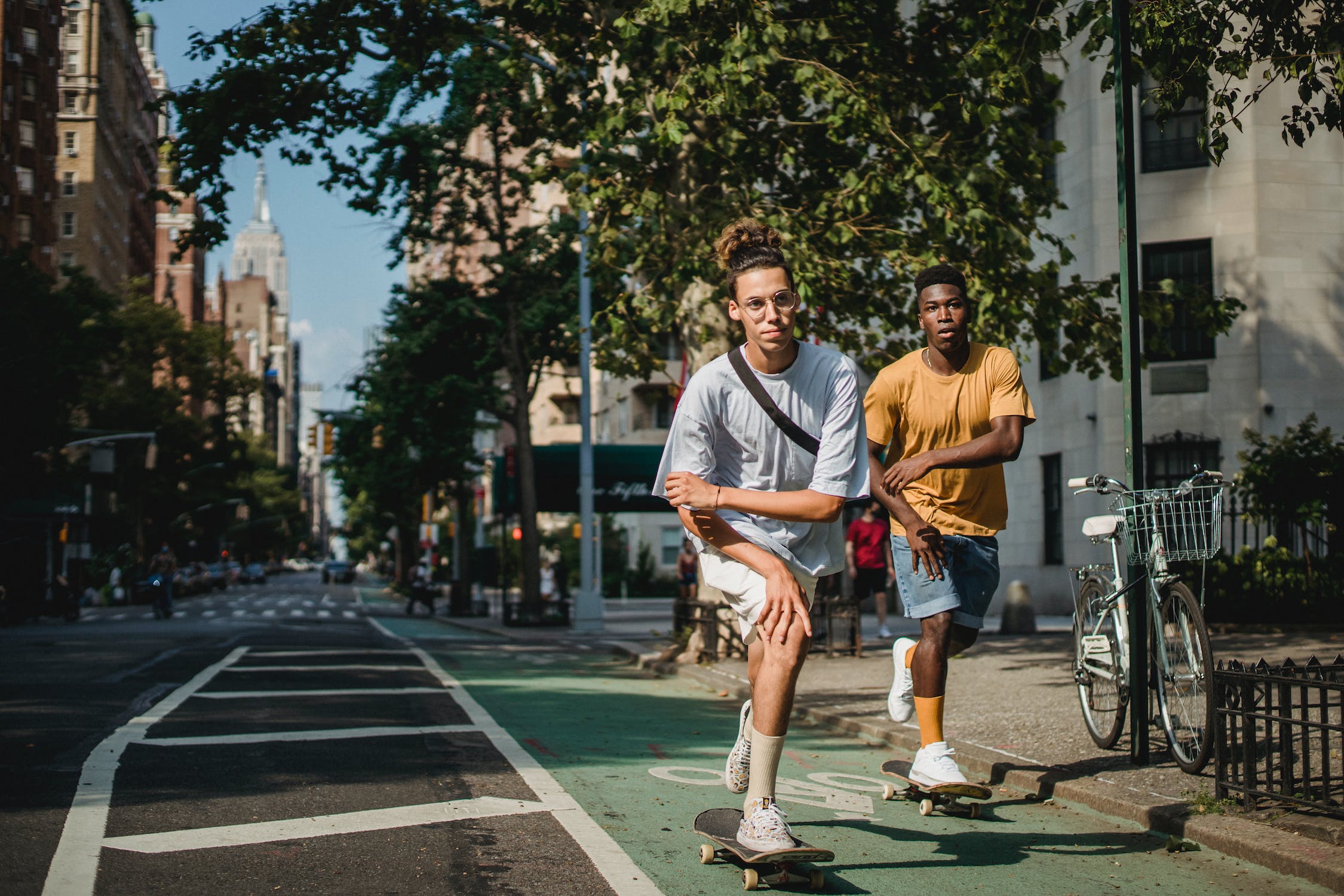‘Street style’ is one of the most popular phrases used in fashion journalism, and has been a huge buzzword for decades. However, the fashion scene hasn’t always been this way. For years, the fashion scene focused on what was on the runways, and what was made by designers. However, in the past few decades, this has all changed. Fashion magazines, publications and blogs now publish many articles about current street style, the best street style scenes in the world, and what is best on the scene. But what is street style, and how has it come to dominate the fashion scene so much in 2023? And how has it changed the world of grassroots fashion creators?
What Is Street Style?
Street style can be defined as fashion that is considered to have emerged not from studios, but from the grassroots. It is most commonly associated with youth culture and underground fashion artists, who create most of the fashion trends and styles that dominate street style. Commentary on street style often includes taking paparazzi-style pictures of ordinary people on the street all over the world. Because street style is decided by the people, street style is different in every country.
Street style has made a major influence on the fashion industry. Most well-respected fashion houses are interested in street style and take inspiration from street-style creations for their runway collections. Street fashion is focused on individuality and is often more casual in nature than high-end fashion. It has achieved a reputation for being the ‘fashion of the people,’ as opposed to fashion houses and large brands. There is a focus on re-wearing items, making outfits unique through mixing and matching, and expressing yourself. But where did street style begin, and when did it start to change the fashion industry?
Where Did Street Style Come From?
Arguably, street style has always existed. However, it became a massive trend in the 20th Century. The origins of street style started after World War II – it is theorised that the standardisation of lifestyles made people seek their own identity and aim to communicate their identity through their subculture and style. This resulted in youth subcultures forming within society that had never happened before, which started in the 1950s. In the 50s, Teddy Boys, Beatniks and Greasers were popular subcultures. The Teddy Boys could be recognised by their suits and high hairstyles, and the Bikers wore distinctive biker leathers. This continued throughout the decades, with the mods and hippies of the 1960s, the punks and the b-boys of the 1970s, and the goths and new wavers of the 1980s. The fashion associated with these cultures could be recognised as street style.
The explosion of individual art in the 1960s and 1970s also created a culture in which people could explore avenues of personal artistic expression. Artists of the day, such as Warhol and Haring began to create their own artistic movements, and this transformed how societies conceived art. Art wasn’t just something that was hung on walls, it could be worn, and this emboldened everyday creators to create their own fashion designs. Street style evolved alongside the concept of individual art.
However, street style as it is widely known today really came into its own during the 1990s. The countercultures of the time, including skaters, surfers and graffiti artists really developed street style as a concept. Hip-hop subculture also has a huge impact on how streetwear evolved at that time and could be considered the defining influence on street fashion. Hip-hop came to symbolising breaking the rules, expressing yourself and creating unconventional art.
The 1990s is when street style began to become associated with sportswear. Sportswear like tracksuits, designer trainers and baggy clothes became some of the most popular influences on modern street style. This is because many of the fashion influencers at the time such as skaters, sports personalities and rappers often wore sports clothing and athleisure as this was comfortable for them. They focused on being both comfortable and stylish all at once and changed the nature of the fashion industry. This had a massive influence on what we call street fashion, and shaped the way street style is seen.
Social Media Influence
Although street style as we know it has been around for decades, social media transformed the way creators could shape fashion trends, and make their mark on the fashion industry. Street style had already empowered grassroots fashion creators to express their individuality and find fashion inspiration outside of the big fashion publications and houses. The 1990s saw the decision-making skills fall to the people, rather than staying centralised at the big fashion publications. Arguably, street style democratised the fashion industry, allowing everyone to have their say.
However, social media has made it easier for people to leave their mark on fashion history. In the past, street style was specific to that one region – the Milan, Paris, Tokyo and London street fashion scenes could all be easily distinguished from one another. In the past decade, the explosion of social media has made it easier for people to share their artistic vision with the world, and take inspiration from others. It has also made it a lot easier to see the different street style scenes around the world, allowing street style to become a worldwide collaborative effort. Street style has allowed grassroots fashion creators to cultivate a following and have an impact on fashion. Historically, streetwear has been male-dominated, however, both streetwear for men and women has an equally large following.
Street fashion has evolved throughout time to put the power back in the consumer’s hands. Fashion houses and publications are as equally inspired by street fashion, as the everyday person is inspired by the runway. By empowering grassroots fashion creators, street style has allowed fashion to become more creative and fluid. This can be seen in everything from festival outfits to everyday sportswear. Street fashion and style are now one of the most popular forms of fashion and have demonstrated how democratising art can have a positive effect on creative industries.
Written by Zoe-Louise
Staff Writer – Trapped Magazine



